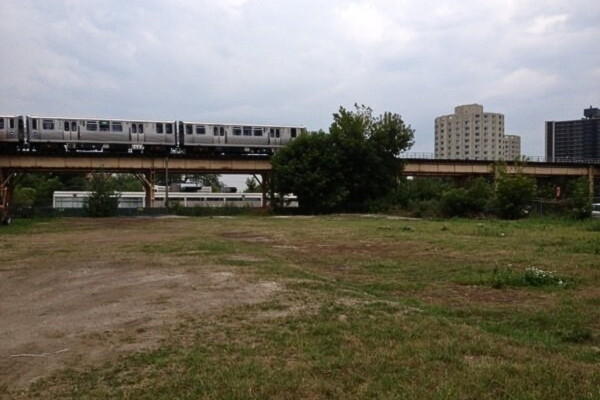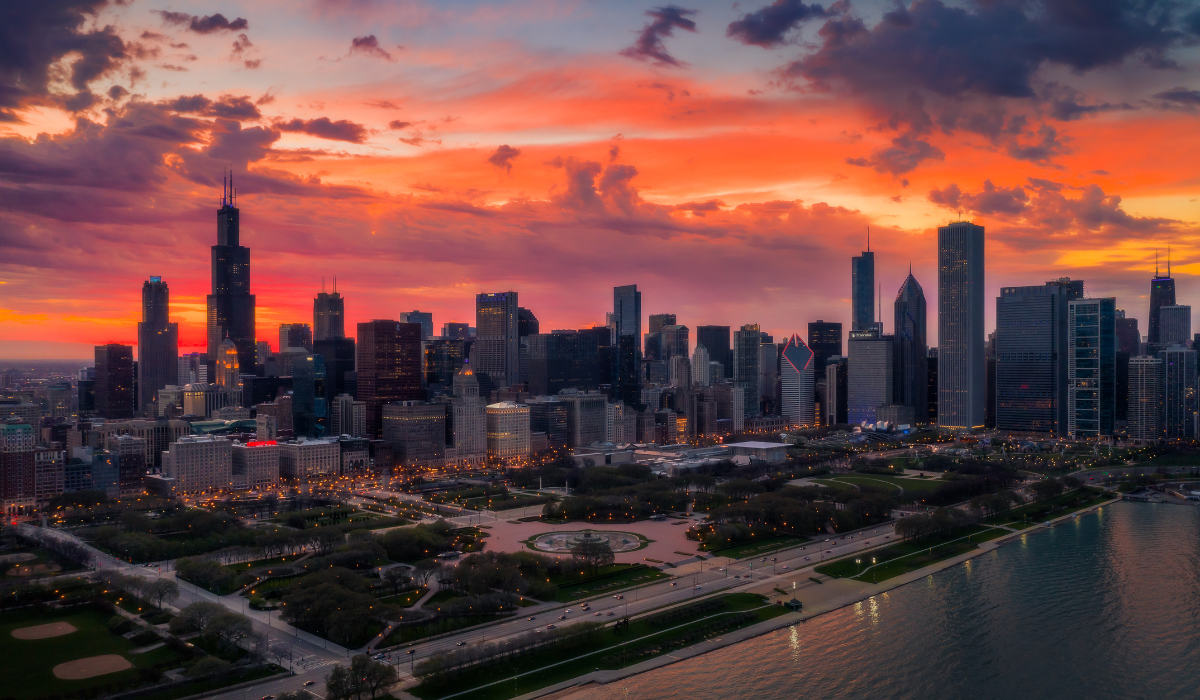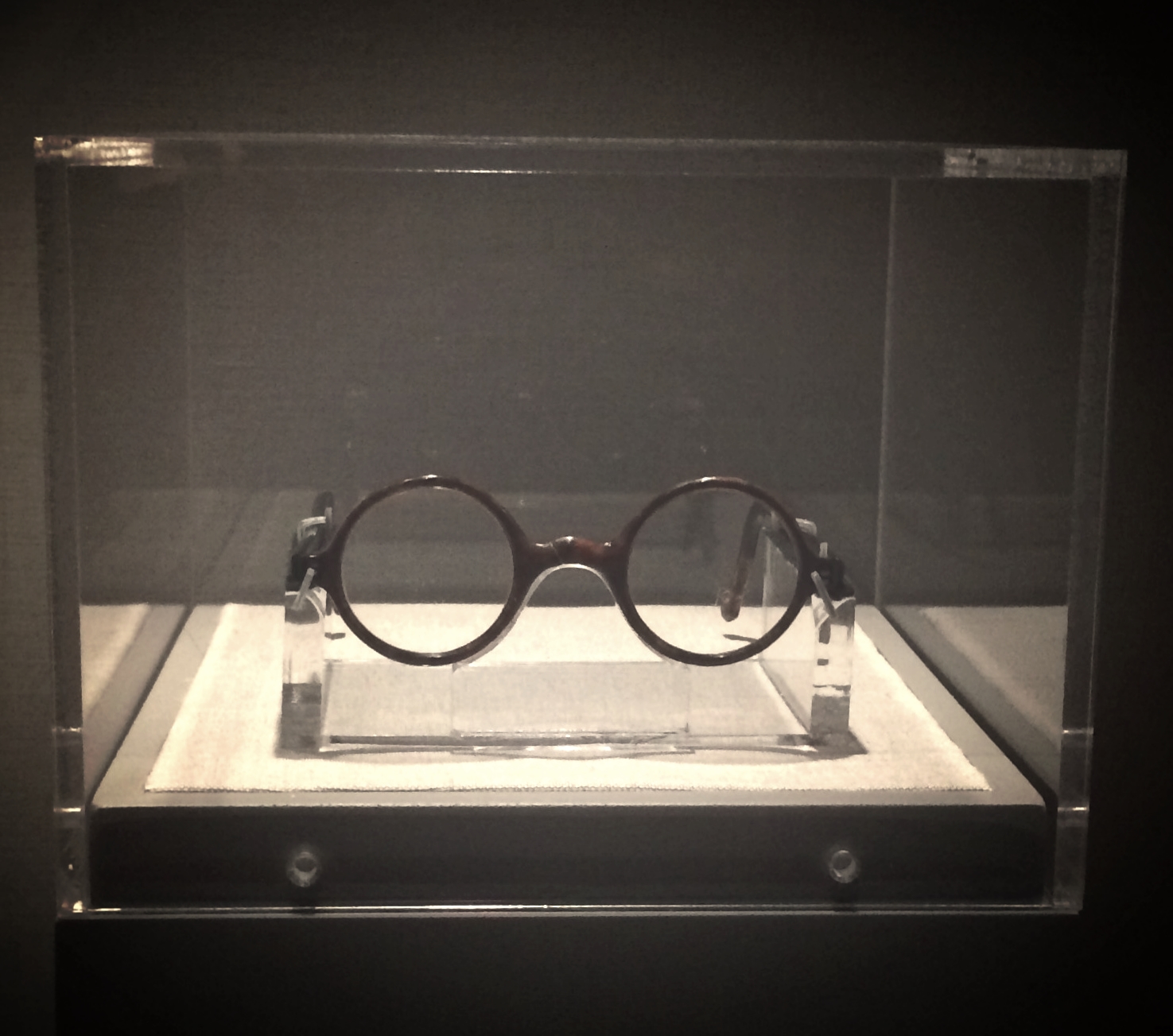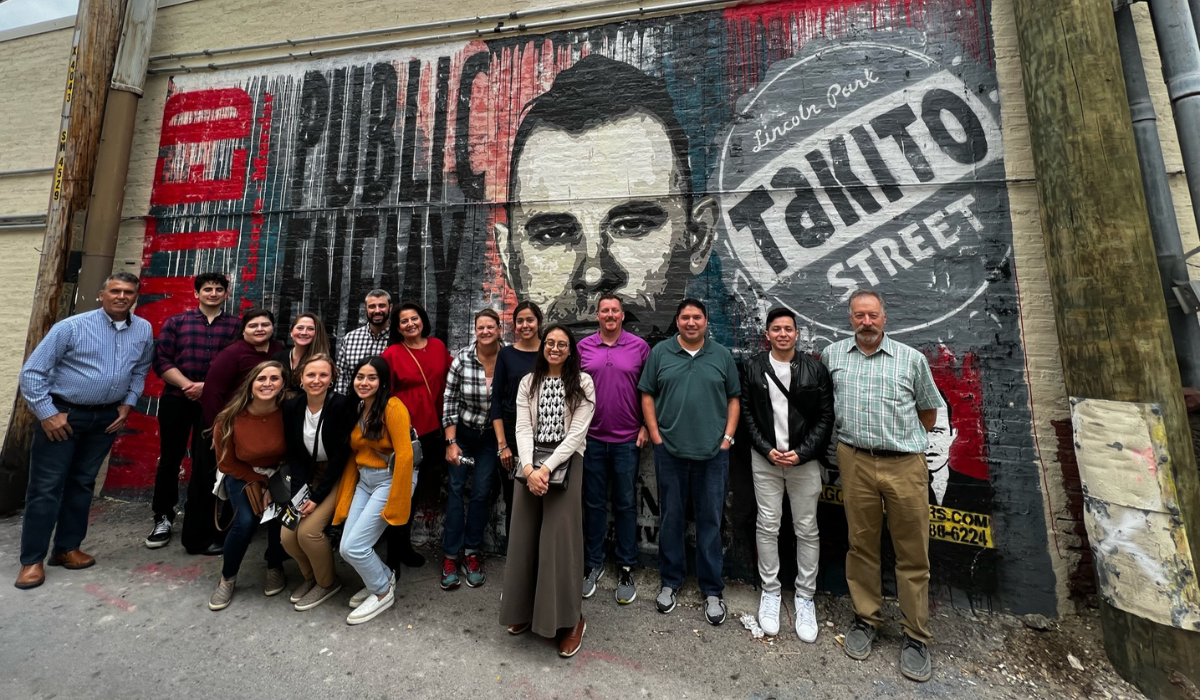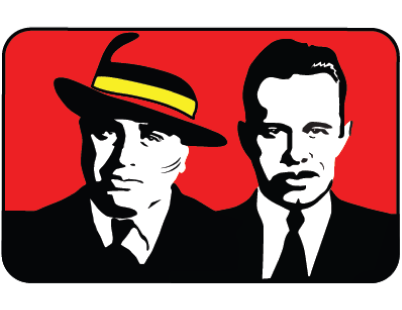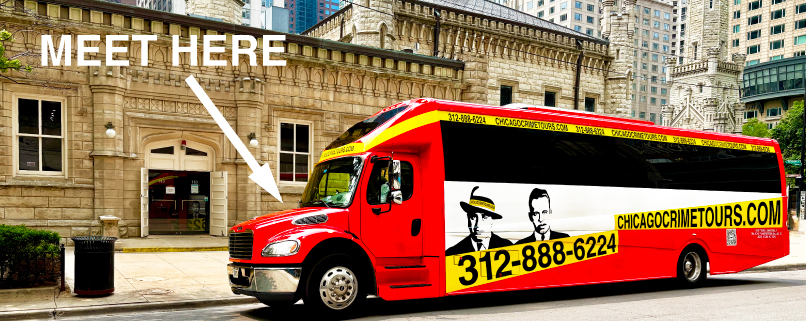The Roaring Twenties was a period defined by its distinctive culture, social dynamics, and a unique response to Prohibition. Within the tapestry of this era, the Four Deuces Club, which derived its name from its address at 2222 S. Wabash in Chicago, emerges as a noteworthy speakeasy. The Four Deuces Club offers insights into the clandestine world of entertainment during the Prohibition Era. Speakeasy means to speak quietly, to avoid the detection of the authorities. This blog aims to delve into the historical significance of Four Deuces, examining its role in the broader context of Prohibition and the cultural landscape of 1920s Chicago.
The Origin of the Four Deuces: The Prohibition Era
The 18th Amendment, which prohibited the sale, manufacturing, and distribution of alcohol, was passed in 1919. Each state had one year to implement the law, which became effective in Illinois in 1920. Some argue that Prohibition didn’t really exist in Chicago. With over 10,000 speakeasies (illegal bars), there was a speakeasy on almost every corner. While the drys (those who favored Prohibition) were pitted against the wets (those opposed to Prohibition), Chicago Mayor William Hale Thompson, who served as mayor from 1915 to 1923 and again from 1927 to 1931, stated Chicago’s position on Prohibition when Hale aptly stated that Chicago was wetter than the Atlantic Ocean.
Most bars that were legal before Prohibition either closed or opened legal front businesses with illegal bars in the back or basement during the Prohibition Era. Green doors were used to discreetly identify their stealthy activity; green means go, indicating that this building has a speakeasy. Even to this day, the famous Chicago bar called the Green Door Tavern still features a historic speakeasy in the basement while the street-level main entry is through a green door. Speakeasies were saloons, bars, nightclubs, gambling dens, jazz clubs, and more, even before Prohibition began.
The Infamous Legacy of 2222 South Wabash
Before Prohibition, 2222 S Wabash, The Four Deuces Club, was a nightclub and brothel. The nightclub was originally run by Big “Diamond” Jim Colosimo. Diamond Jim recruited his nephew, Johnny Torrio, who recruited Al Capone to work as a bartender and bouncer at the Four Deuces Club in 1919 at age 20. This was where Al Capone got his start in Chicago.
The Four Deuces was known as a saloon, a place to find a girl and gamble the night away. Gambling and prostitution, as well as other vices, were very popular at 2222 S Wabash. This south-side saloon was a dangerous place. There have been many articles written in Chicago historical newspapers, like the Chicago Daily Tribune, regarding murders and gangster-related activity at the Four Deuces. Al Capone, his brother Frank and other known Outfit associates, were featured in many of these articles. A lot of the beer-running and gang wars, both before and after Prohibition, occurred at the Four Deuces.
2222 South Wabash became the center of the South Side Gang also known as the Capone Gang or later the Outfit. As Prohibition ended, so did the illegal bars. The Four Deuces and the entire structure from 2220-2226 South Wabash were demolished in 1963. See some photos below of how it looks today.
Bricks dug up August 2013 behind the Four Deuces at 2222 S. Wabash, Chicago, IL. If these bricks could talk, they could have their own blog.
The grassy lot in this photo is where the former Four Deuces at 2222 S. Wabash Avenue, Chicago, IL once stood.
The history of the Four Deuces is a remarkable artifact, providing a window into the socio-cultural landscape of the Roaring Twenties. Beyond its façade of entertainment and revelry, the speakeasy embodies the complex interplay between social classes, the influence of notable figures, and resilience of a community during a time of Prohibition. Understanding what shaped Prohibition and created a club like the Four Deuces allows us to understand the notorious figures, shadowy dealings, and vibrant social scene that characterized Chicago’s true crime and gangster history.
There is so much more to Chicago’s colorful crime history. Travel through time on an upcoming Chicago Crime Tour or Night Crimes Tour. Sightsee through Chicago, on and off the bus, through many different neighborhoods and capture a snapshot of what this landscape looks like today.
If you have memorabilia, a story, photograph or a relic related to the Four Deuces, please share the details with us!
Originally published on August 22, 2013. Updated on January 17th, 2024.

